Timeless traditional taste
SINGAPORE — If you are a Singaporean, you are likely to have drunk local coffee (commonly known as kopi) at some point in your life. There is something about the satisfying aroma and feelings of nostalgia it evokes that “ang moh” (Western) Americanos and lattes cannot imitate. I took to this captivating black liquid during my childhood when my grandmother brewed kopi-o almost daily. The comforting, traditional taste has since become an integral part of my everyday life and like me, many people cannot let a day pass without incorporating a cuppa in their daily routine.
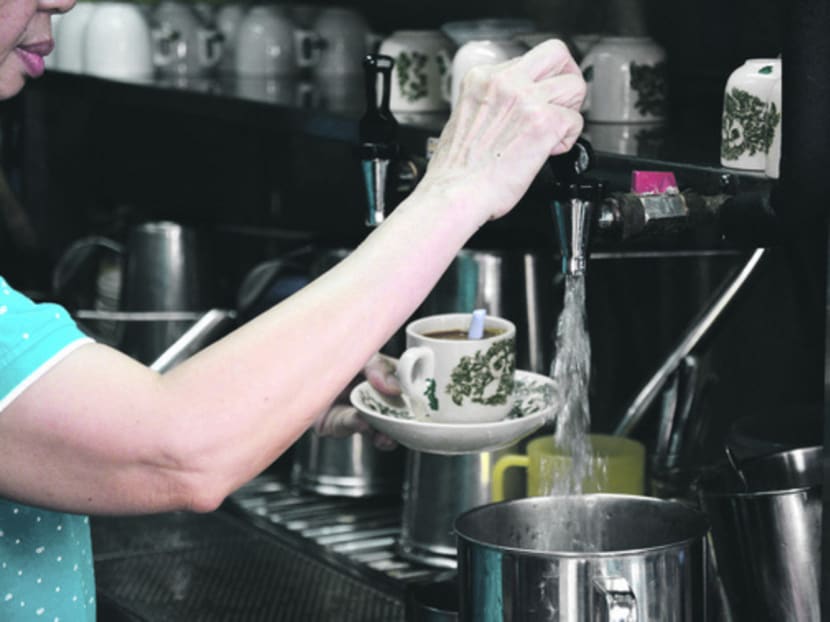
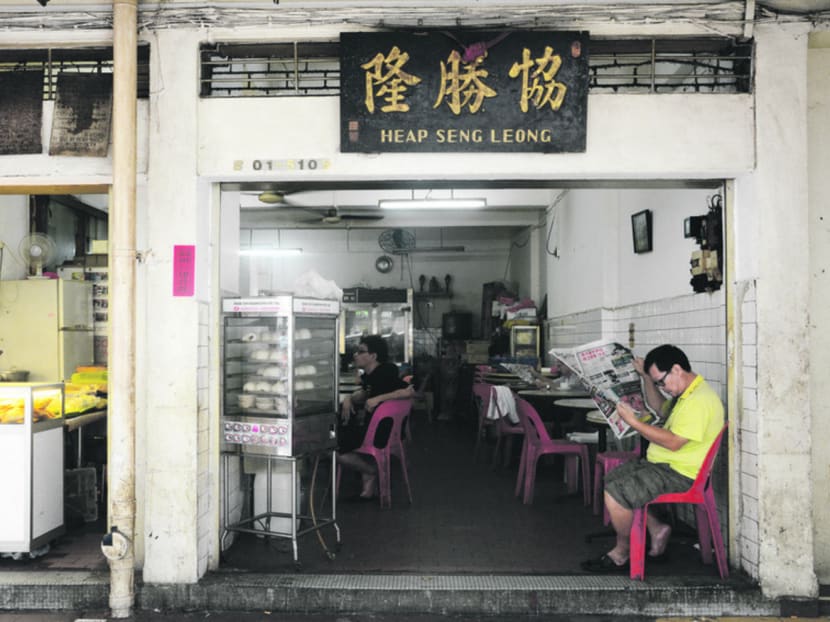
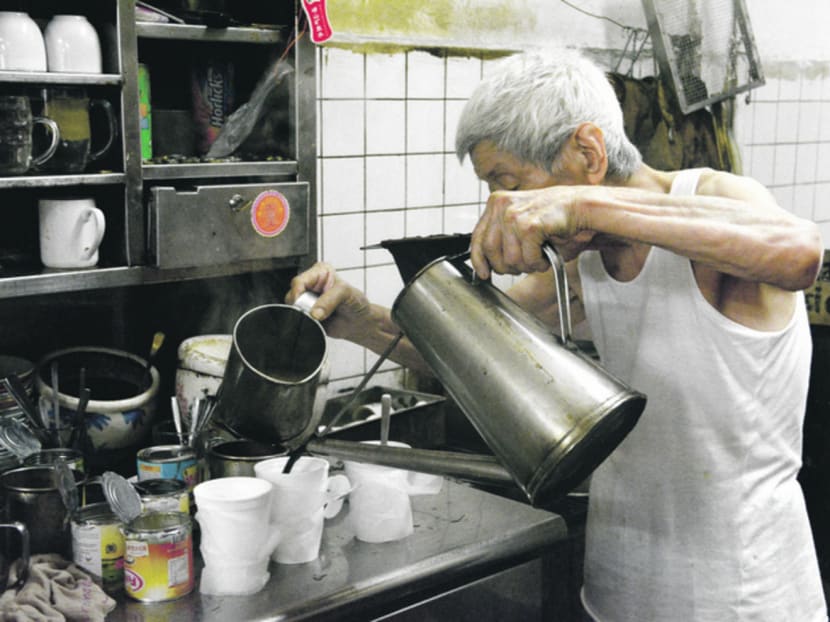
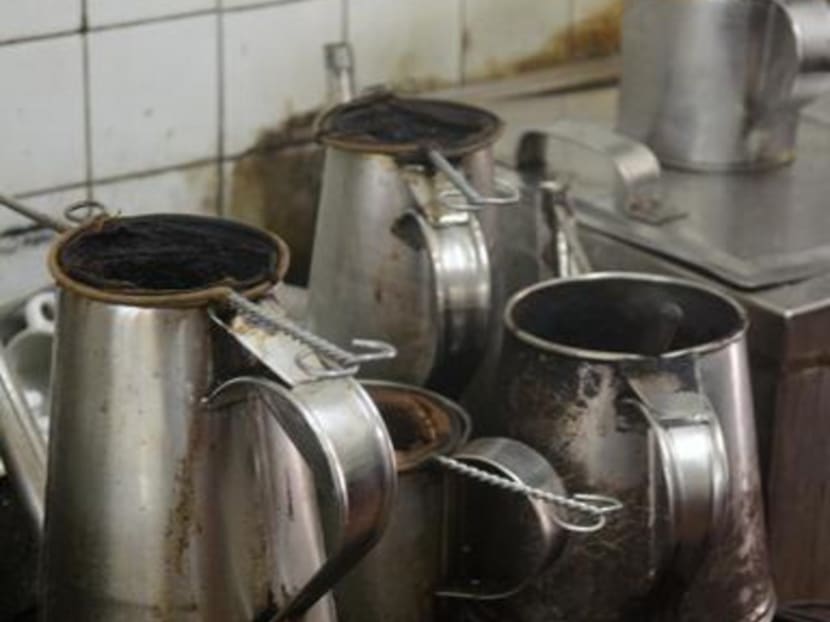
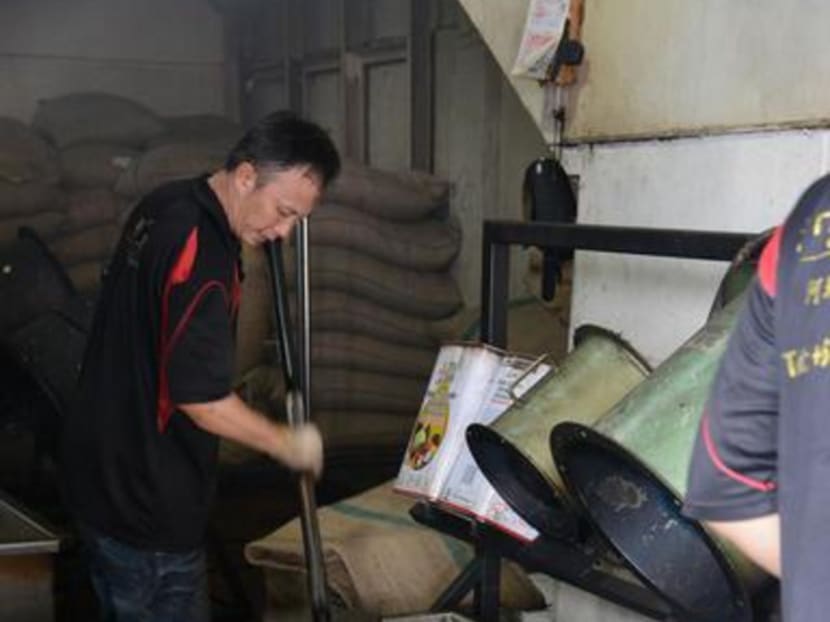
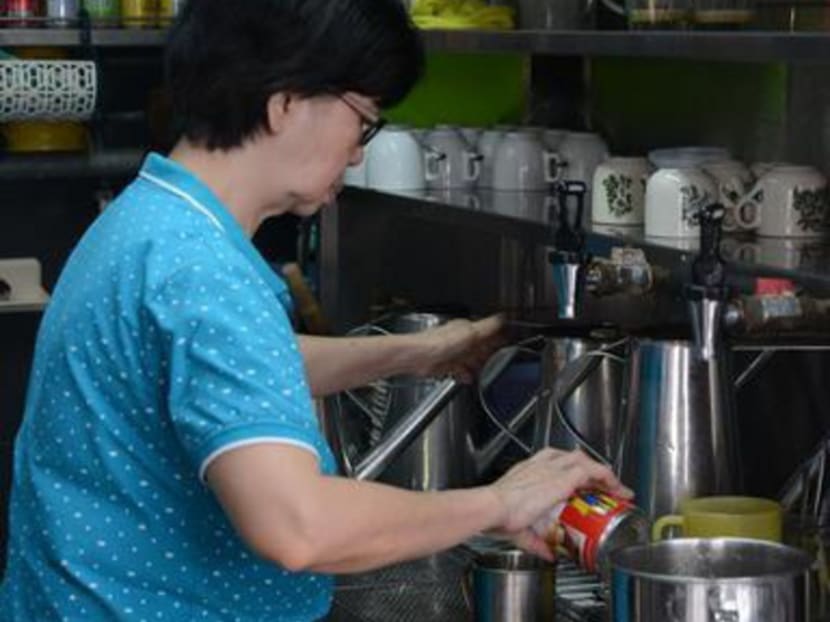
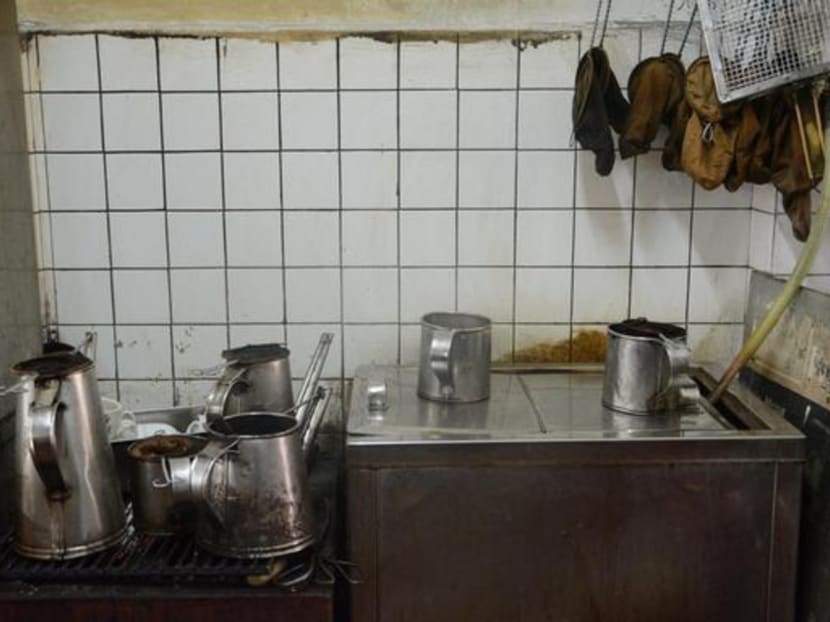
SINGAPORE — If you are a Singaporean, you are likely to have drunk local coffee (commonly known as kopi) at some point in your life. There is something about the satisfying aroma and feelings of nostalgia it evokes that “ang moh” (Western) Americanos and lattes cannot imitate. I took to this captivating black liquid during my childhood when my grandmother brewed kopi-o almost daily. The comforting, traditional taste has since become an integral part of my everyday life and like me, many people cannot let a day pass without incorporating a cuppa in their daily routine.
But what exactly goes into a brew that makes it oh-so-good?
When asked if there were special techniques she employs to brew her coffee, 62-year-old owner of Xiao Xiao Coffee House at Alexandra Village Food Centre, Goh Hwee Moy, humbly said there were no secrets, although she only uses boiling water to make her coffee.
Shi Pong, owner of Heap Seng Leong at North Bridge Road, was reticent about how he makes his coffee. The 80-year-old Fuzhou native, who took over the business from his late father, also could not ascertain if the coffee he serves is Fuzhou-style coffee, though his son revealed that the shop has been purchasing their coffee powder from the same supplier for decades.
But other coffee masters said certain techniques are necessary.
Tang Chew Fue, the fourth generation owner of Tong Ah Eating House at Keong Saik Road, said the type of coffee beans used and the way they are roasted are critical. “A small fire should be used to roast coffee beans, as over-roasting makes them bitter and acidic. Also, if too much sugar is added during roasting, the coffee will turn out tasting sour if it is not well-handled,” the 52-year-old coffee veteran explained.
Tang said he is known for being picky among his suppliers. He gives them specific instructions on how to roast the coffee beans (a blend of two types of arabica and one type of robusta) that he uses in his shop, he added.
To concoct the ideal brew, brewing methods are equally important. Tang, who started learning how to brew the perfect cup of coffee at the age of 13, said one needs good judgment to make good coffee. “You need to know your beans. If you brew coffee in a rigid way, you will not be able to make good coffee even if you do it for many years,” he expounds in Mandarin. This judgment, he said, comes with experience. It not only allows one to make the best of each batch of roasted beans, but also gives one the know-how to customise the brewing process according to a customer’s taste, he added.
Lim Yong Hwee, 44, who runs Yang Seah Coffee Powder Manufacturer, agrees that the way beans are roasted will produce different flavours. He explained that, for example, sugar is melted before it is roasted with the beans to produce Fuzhou-style roasted beans. On the other hand, unmelted sugar is added to the beans when roasting to produce Hainan-style roasted coffee beans, which typically gives a lighter-tasting brew. Lim added that any type of beans can be used to produce Hainan and Fuzhou roasts. However, the amount of sugar added and the duration the beans should be roasted depend on the types of beans used, as well as clients’ requirements, he noted.
Coffee beans lose water during roasting, and sugar — when added — alters the flavour of the beans and also adds weight to the finished product. Therefore, coffee beans roasted without sugar is the most expensive among the three main types of roasted beans the factory produces, he pointed out.
Yang Seah Coffee Powder Manufacturer was started in 1973 by his father Lim Yang Seah. It currently produces 3,000 to 4,000kg of roasted coffee beans a day and supplies them to numerous food courts, canteens and coffee shops.
MORE THAN JUST A DRINK
Beyond satisfying the palate, what motivates people to include coffee from a particular place into their daily routine?
Alan Wong, 51, has been starting his day with a cup of kopi (coffee with condensed milk) from Xiao Xiao Coffee House for more than a decade, as it is only a stone’s throw away from the antique furniture shop he runs. Describing the coffee as smooth, he said that Xiao Xiao is his favourite among all the coffee stalls in the food centre.
For long-time coffee drinkers such as retiree Luow Ya Sing and 59-year-old Mansor, the taste they have gotten used to over the years is a source of comfort. A daily cup of coffee from Heap Seng Leong is mandatory for both of them, who live near the coffee shop.
In between sips of his kopi, Luow, 77, said he has been patronising Heap Seng Leong for as long as he can remember. Another coffee fan Yong Seng Hua, 65, said he drinks coffee there because it is a place he meets his friends for a chat.
It is not hard to conclude that what makes people drink the same coffee over and over again is familiarity: The sights and smells in the place where it is sold, knowing exactly what taste to expect, and the memories and feelings the spot and drink invoke.
Familiarity breeds comfort in this case especially when it comes to our devotion to our favourite coffee.





